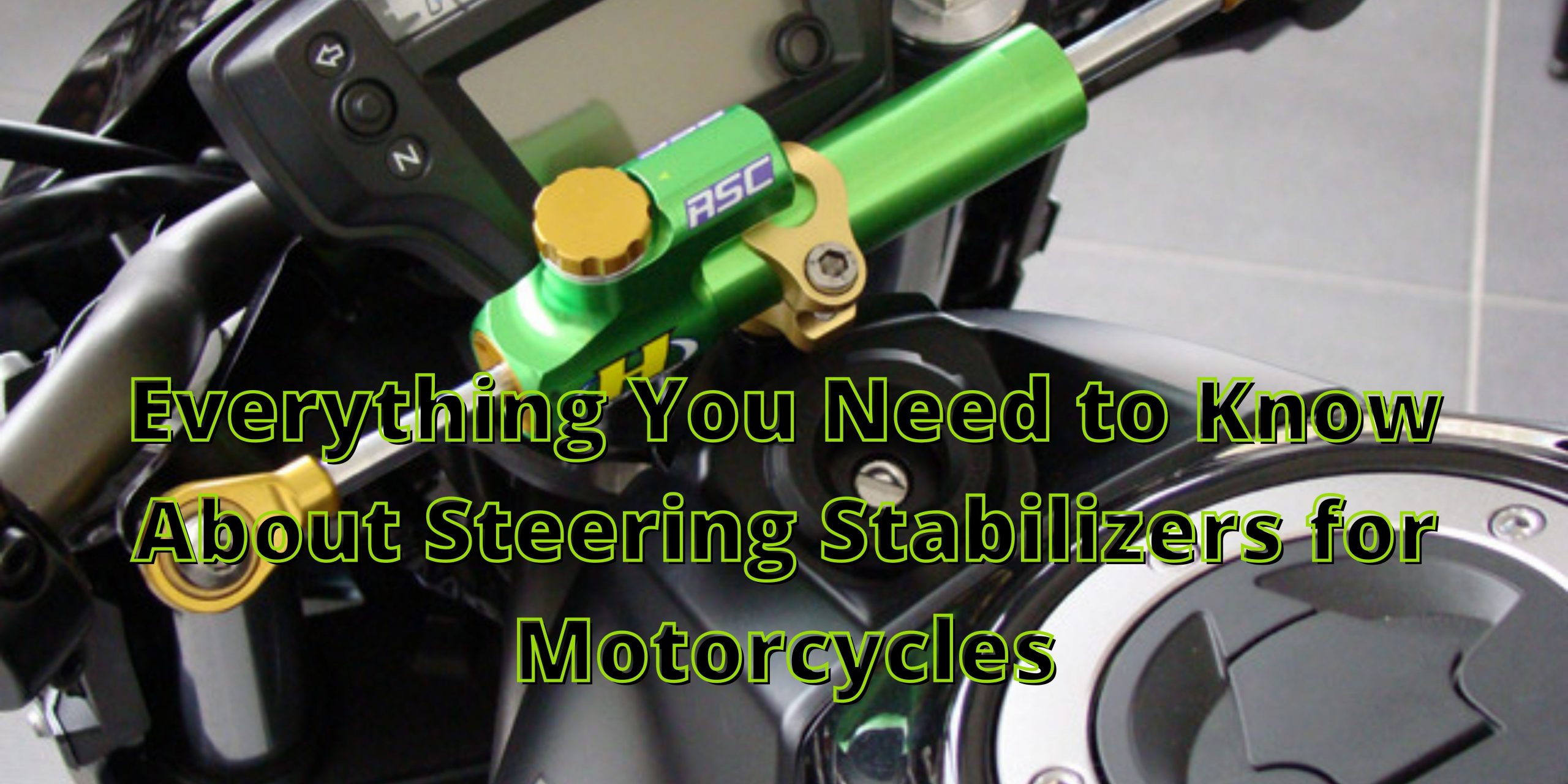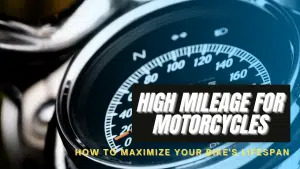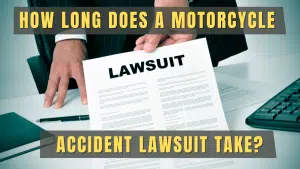If you’re a motorcycle rider, you know that steering can be a challenge when you’re on the open road. This is especially true when you’re taking curves or turning sharply. A steering stabilizer can help with this by providing more stability and control. This blog post will discuss what a steering stabilizer is, what it does, and how to choose the right one for your motorcycle. We’ll also provide some tips on installation and maintenance. So if you’re interested in learning more about steering stabilizers for motorcycles, keep reading!
What is a steering stabilizer, and what does it do
A steering stabilizer is a device that helps reduce the amount of vibration in a vehicle’s steering system. It is typically located between the front wheels and is connected to the steering linkage. The stabilizer works by absorbing some of the energy from the road, which helps to reduce the amount of vibration transferred to the steering wheel. This can improve comfort and control, making it an important safety feature. Steering stabilizers are especially beneficial on rough roads or driving at high speeds. They can also be helpful if a vehicle is carrying a heavy load, as they help reduce the risk of losing control due to excessive vibrations.
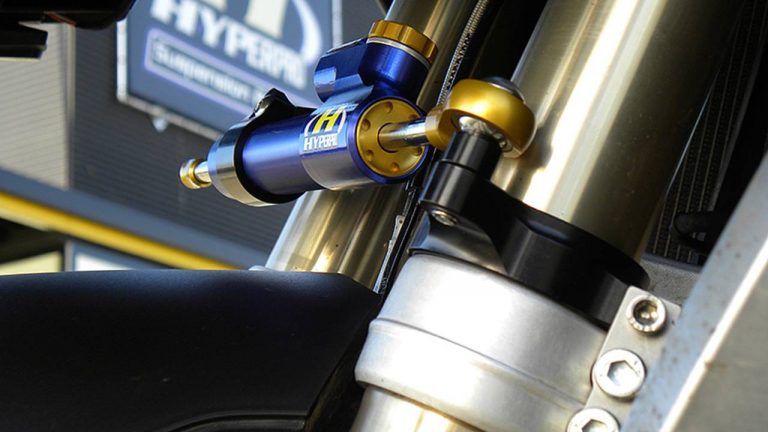
How to choose the right steering stabilizer for your motorcycle
Selecting the right steering stabilizer for your motorcycle can be a bit of a daunting task. There are so many brands and models on the market, and it can be hard to know where to start. Here are a few things to consider when choosing a steering stabilizer for your motorcycle.
First, consider the size of your motorcycle. A steering stabilizer that is too small or too large for your bike can cause problems. Second, think about the terrain you will be riding on. If you are primarily riding on smooth pavement, you will need a different stabilizer than riding off-road. Third, consider your budget. There are some tremendous high-end stabilizers on the market, but they can be pretty pricey. Fourth, read reviews from other riders. This can be a great way to understand which stabilizers work well and which ones to avoid.
How do you know if you need a steering stabilizer for your bike, and how can you tell if it’s worn out or not working correctly?
If your bike is starting to feel a bit harder to control, or if it seems like the front end is wobbling more than usual, then it might be time to check your steering stabilizer. This component helps keep your bike stable at high speeds, and it can also reduce vibrations from rough roads. There are a few easy ways to check whether your steering stabilizer is working correctly. First, take a look at the shock absorber. If it’s leaking fluid or if the grease has been pushed out, then this is a sign that the stabilizer is not doing its job. Another way to check is to ride your bike at high speed and see how well it handles. If you feel like you’re fighting the bike to keep it straight, then this is another sign that the steering stabilizer is not working correctly. Lastly, if you can see any rust or damage on the component itself, it’s likely time to replace it. Luckily, steering stabilizers are relatively inexpensive and easy to replace, so you shouldn’t have trouble getting your bike back in top condition.
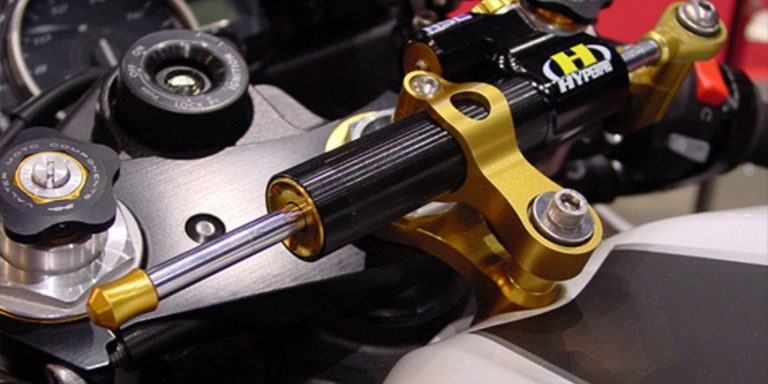
What are the different types of steering stabilizers on the market, and which one suits your bike and riding style?
There are a few different steering stabilizers on the market: mechanical, hydraulic, and spring-loaded. Each has its advantages and disadvantages, so choosing the right one for your bike and riding style is essential.
Mechanical stabilizers are the simplest and least expensive type. They work by physically restricting the amount of movement that the front fork can make. However, they can add friction to the steering, making it feel less responsive. Hydraulic stabilizers use oil pressure to dampen fork movement. They’re more expensive than mechanical stabilizers, but they don’t add any friction to the steering. Spring-loaded stabilizers are similar to hydraulic ones, but they use a coil spring instead of oil pressure. They’re typically the most expensive type, but they offer the best dampening performance.
How much do a steering stabilizer cost, and is it worth the investment to improve your riding experience and safety on the road?
A steering stabilizer is a type of shock absorber mounted to the frame of a vehicle. Its purpose is to dampen the vibrations caused by the wheels as they travel over uneven surfaces. Steering stabilizers are often used on trucks and SUVs, but they can also be installed on cars. The cost of a steering stabilizer varies depending on the make and model of the vehicle, but it typically ranges from $50 to $200. While it is not a mandatory purchase, many experts believe that steering stabilizers are worth the investment. They can improve the ride quality of a vehicle and help to reduce driver fatigue. Additionally, steering stabilizers can enhance safety by reducing the risk of wheel vibration-induced accidents. If you are interested in improving your riding experience and safety on the road, then a steering stabilizer may be worth considering.
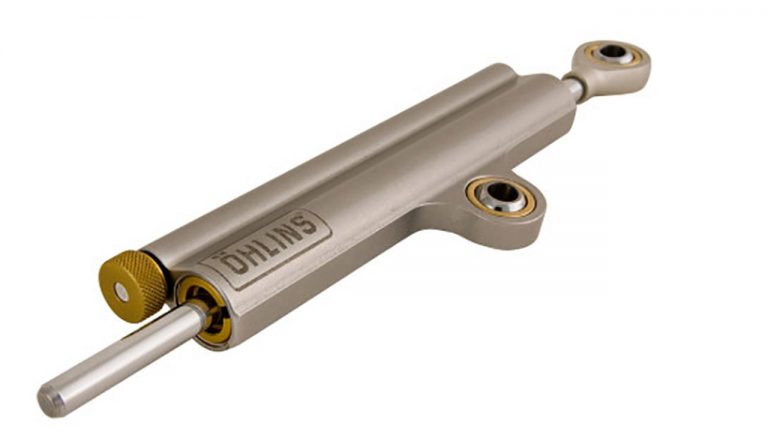
Where can you buy a steering stabilizer, and how easy is installing it on your motorcycle?
If you’re looking for a steering stabilizer, you have a few different options. You can purchase one from a motorcycle dealership or online from a retailer specializing in motorcycle parts and accessories. You can also buy a steering stabilizer kit, which includes all of the necessary components for installation. Installing a steering stabilizer is relatively straightforward, but it’s always good to consult your motorcycle’s owner’s manual before starting any work. You’ll need to remove the front wheel and fork assembly before attaching the stabilizer. Once the stabilizer is in place, you can reinstall the wheel and fork assembly. You can easily install a steering stabilizer on your motorcycle with time and patience.
Tips on installation and maintenance
A steering stabilizer is an excellent addition to any motorcycle, especially if you ride off-road or rough terrain. They help reduce fatigue and improve stability, making for a more comfortable and enjoyable ride. Here are a few tips on installation and maintenance:
Before installation, it’s essential to check the owner’s manual of your motorcycle to make sure that a steering stabilizer is compatible. Once you’ve confirmed that it will work with your bike, you can begin the installation process. It’s generally not a difficult task, but it’s always best to consult with a professional if you have any doubts.
Once your stabilizer is installed, check it regularly to ensure that it functions correctly. If you notice any damage or wear, replace it immediately. With proper installation and care, a steering stabilizer can help improve the handling of your motorcycle and provide a smoother ride.
FAQS about steering stabilizers
A steering stabilizer is a dampening shock for your steering system. It is designed to reduce steering vibration and driver fatigue in your vehicle. When driving on rough terrain or off-road, a steering stabilizer can help keep your steering tight and improve the overall handling of your car. Steering stabilizers are usually mounted under your vehicle’s hood or on the frame near the front wheels. If you’re questioning whether or not your vehicle needs a steering stabilizer, here are a few Frequently Asked Questions that may help you make your decision.
Do all vehicles need a steering stabilizer?
Depending on your driving habits and the type of terrain you typically drive on, a steering stabilizer may or may not be necessary for your vehicle. However, if you do a lot of off-roading or frequently drive on rough roads, a steering stabilizer can be a valuable addition to your vehicle.
How do I know if my vehicle needs a steering stabilizer?
One way to tell if your vehicle could benefit from a steering stabilizer is to pay attention to how it feels when you’re driving. A steering stabilizer may be a good idea if you notice that your steering is particularly looseness or bouncy, especially at high speeds. You can also consult with a professional to get their opinion on whether or not your vehicle would benefit from a steering stabilizer.
How do I install a steering stabilizer?
Installing a steering stabilizer is generally not a difficult task, but it’s always best to consult with a professional if you have any doubts. You’ll need to remove the front wheel and fork assembly before attaching the stabilizer. Once the stabilizer is in place, you can reinstall the wheel and fork assembly. You can easily install a steering stabilizer on your vehicle with time and patience.
What are the benefits of a steering stabilizer?
A steering stabilizer is an excellent addition to any vehicle, especially if you frequently drive on rough terrain or off-road. They help reduce steering vibration and driver fatigue, making for a more comfortable and enjoyable ride. In addition, they can also improve the overall handling of your vehicle.
How often should I check my steering stabilizer?
You should check your steering stabilizer regularly to ensure that it functions properly. If you notice any damage or wear, replace it immediately. With proper installation and care, a steering stabilizer can help improve the handling of your vehicle and provide a smoother ride.
Conclusion
A steering stabilizer is an excellent addition to any vehicle, especially if you frequently drive on rough terrain or off-road. They help reduce steering vibration and driver fatigue, making for a more comfortable and enjoyable ride. In addition, they can also improve the overall handling of your vehicle. If you think your vehicle could benefit from a steering stabilizer, consult with a professional to get their opinion. With proper installation and care, a steering stabilizer can help make your ride smoother and more enjoyable.

